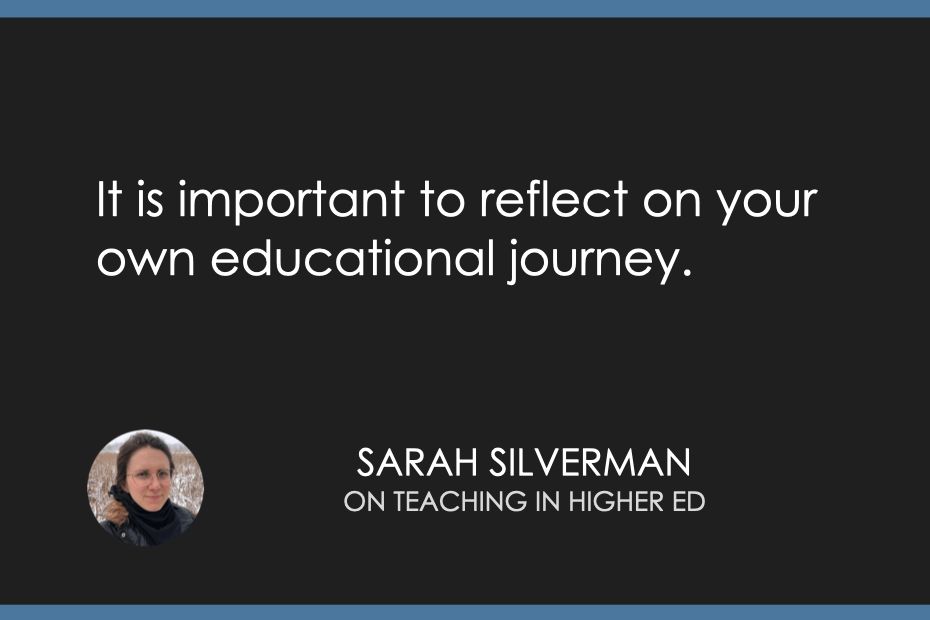
 Teaching in Higher Ed
Teaching in Higher Ed Intro to Neurodiversity for Educators
Sep 20, 2023
Comedian and advocate for neurodiversity, Sarah Silverman, introduces the concept of neurodiversity and its importance in education. She discusses the spectrum nature of autism and challenges the idea of 'neurotypical'. Topics also include resisting quick fixes, camera usage in online teaching, norming biases, and the use of plain language in academia.
Chapters
Transcript
Episode notes
1 2 3 4 5 6
Introduction
00:00 • 2min
The Importance of Resisting the Quick Fix Mentality
02:12 • 24min
The Impact of Camera Usage in Online Teaching
26:25 • 7min
Discussions on Norming, Sponsor Thanks, and Recommendations
33:18 • 5min
Connecticut-based place recommendations and the importance of plain language
38:03 • 2min
Questioning the Need for Modifiers in Language
40:09 • 2min


